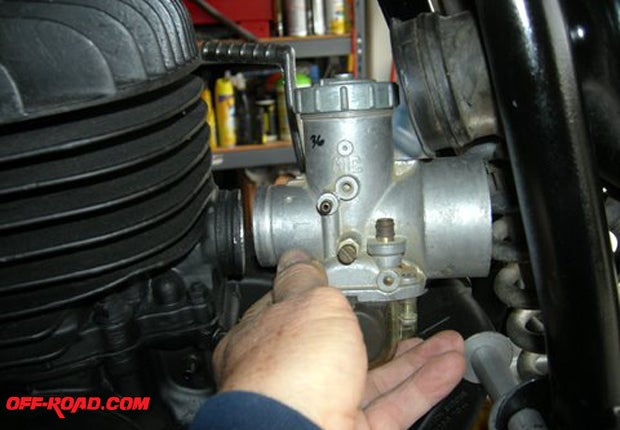
So far, the work on putting our two-stroke RM250 powerplant in the four-stroke YZ 426 chassis has been straight-forward work. A lot of it, but no real mystery. Next came the hard part, or at least one of them. We would we have to figure out how to get a carburetor and a functioning airbox on the bike.
Project 2-4 Previous Stories:
Naturally, we wanted to use as much of the stock parts as possible. It didn't make a lot of sense to fabricate a brand-new airbox if we could make the Yamaha box work.
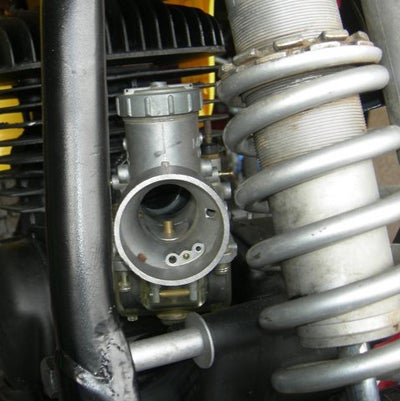
First, we had to mount the carburetor on the engine and make sure that the air intake side cleared the shock. This is real pain in the neck on modern single-shock bikes and makes you long for the days of the old twin-shock setup.
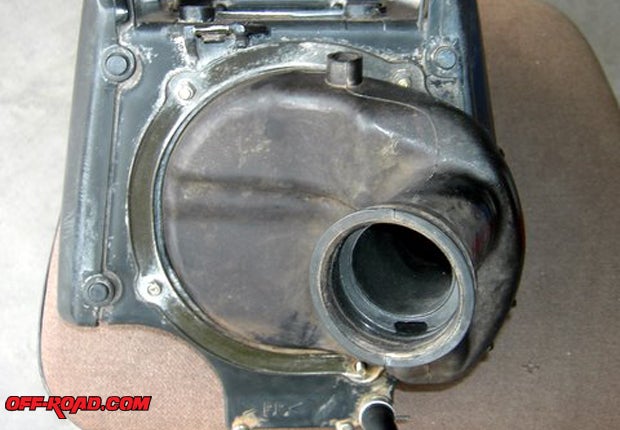
We were able to find regular old radiator hoses at our auto parts store that would fit the carburetor. It never hurts to become friends with these guys, and if you're nice, they'll let you go in the back where all the hoses are hanging and see which ones will fit your carburetor.
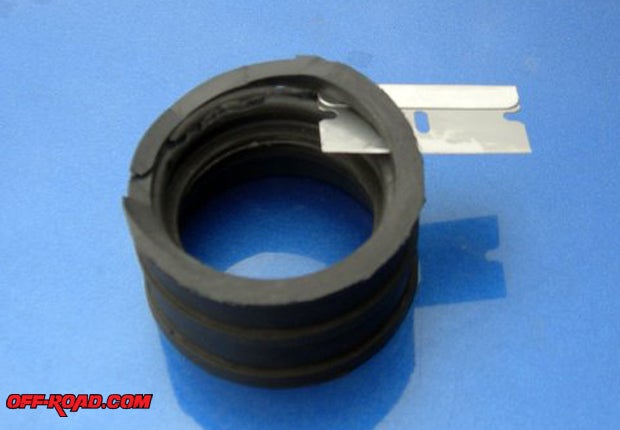
With a bit of trimming, we were able to get the carb mounted with sufficient clearance from the shock on the other end.
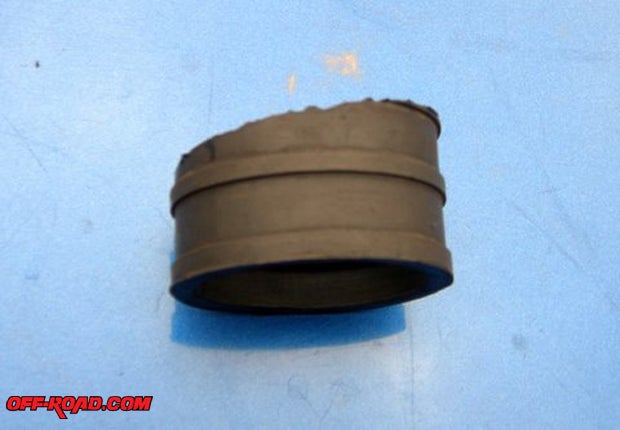
Then came the fun stuff. The existing inlet off of the YZ 426 airbox was cut off with a razor blade and we decide to make a new front mounting setup for it. At this point, a bit of brain fade set in, as we made the mounting piece out of ABS plastic. Big, big mistake. Even though the stuff was very easy to cut and make to the shape we wanted, when we tried to get some sort of adhesive to stick to the ABS, we realized it was indeed hopeless.
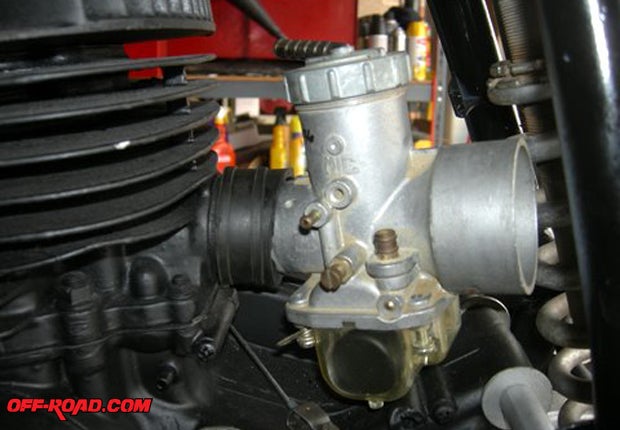
That was when we decided to go with a nice simple sheet of metal. This was cut out to the desired shape, and regular black RTV sealant was used to hold the new hose from the carburetor to the airbox in place. After it dried for a few days properly, the connection was very strong and we were able to mount the airbox properly in place and hook everything up.
Everything cleared. The air inlet hose fit around the shock and the carburetor still went into the engine inlet at a good angle.
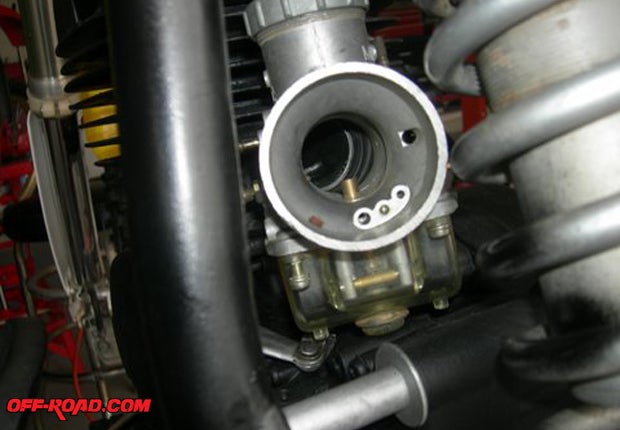
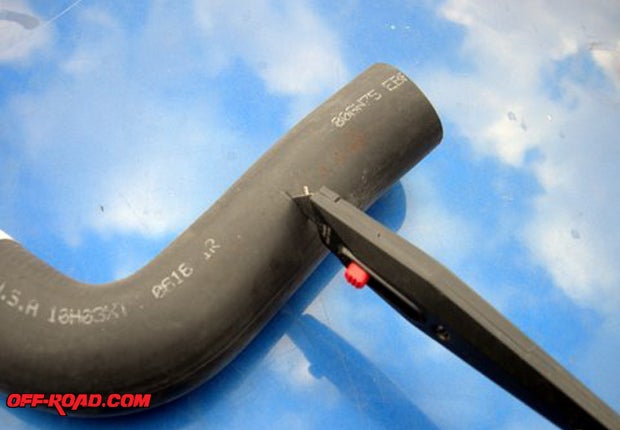
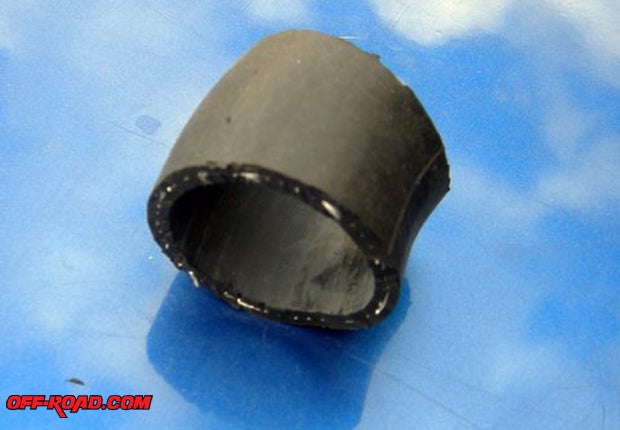
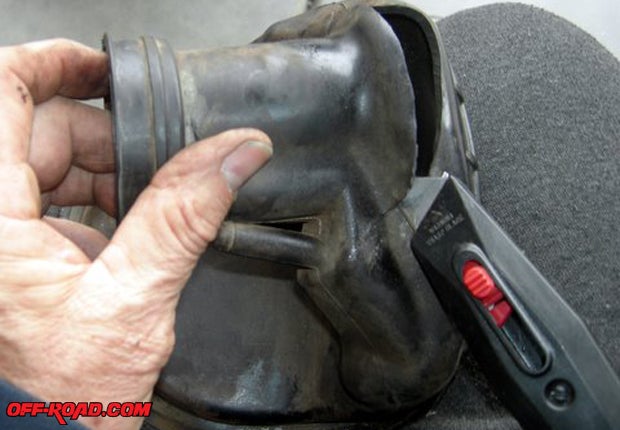
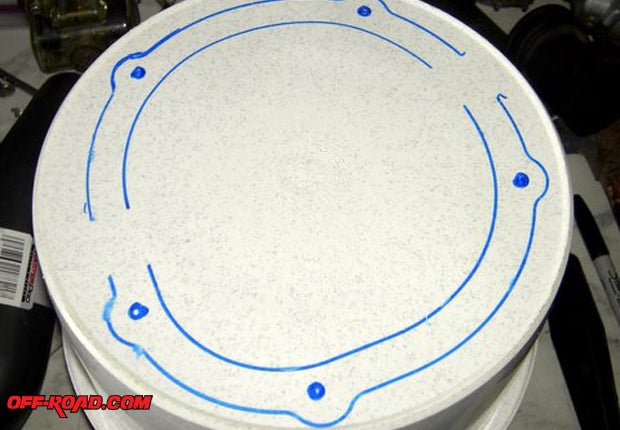
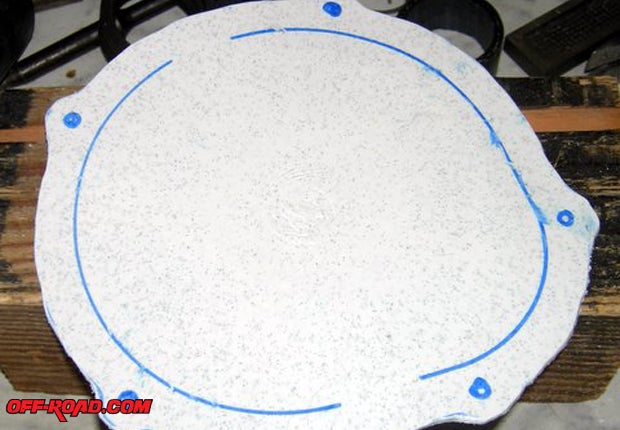
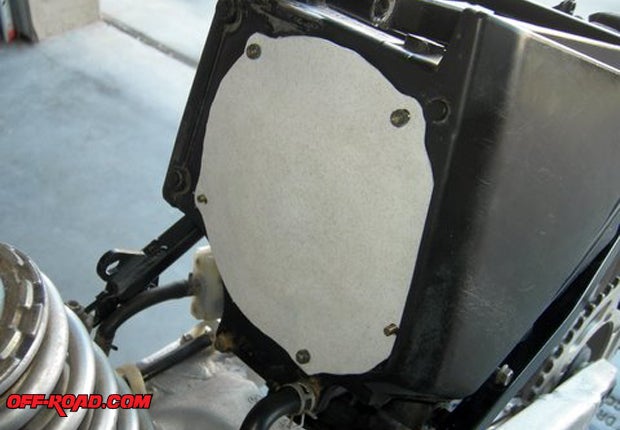
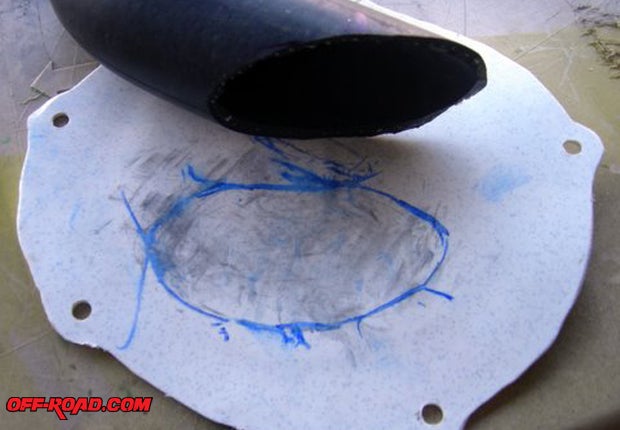
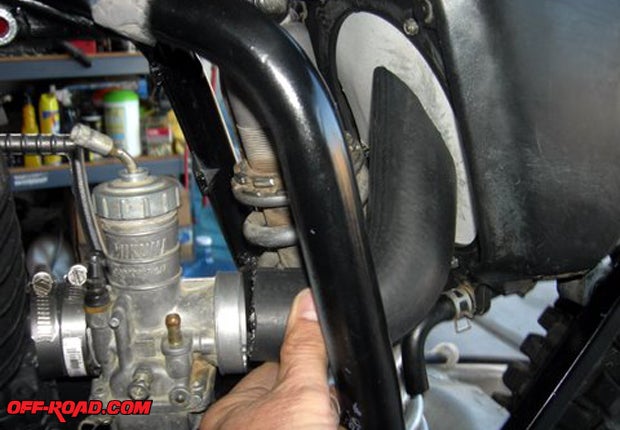
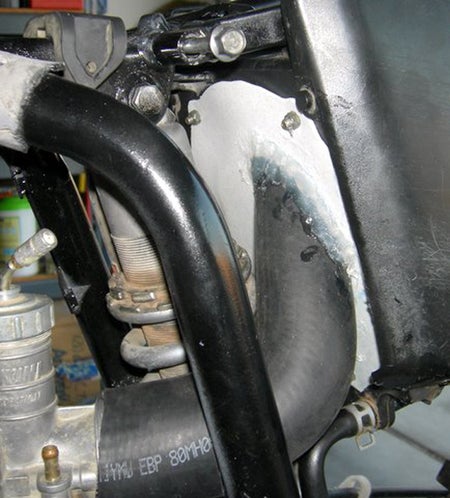
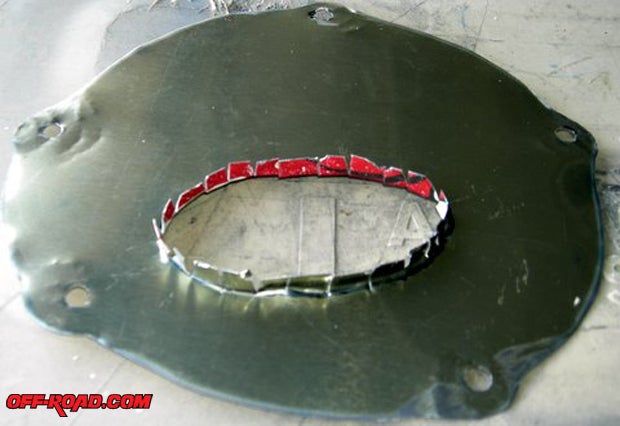
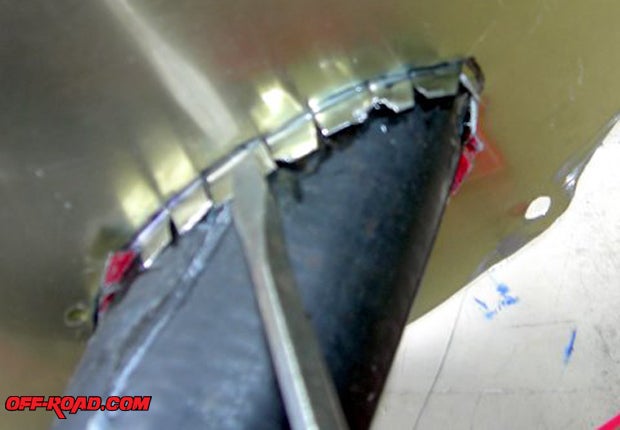
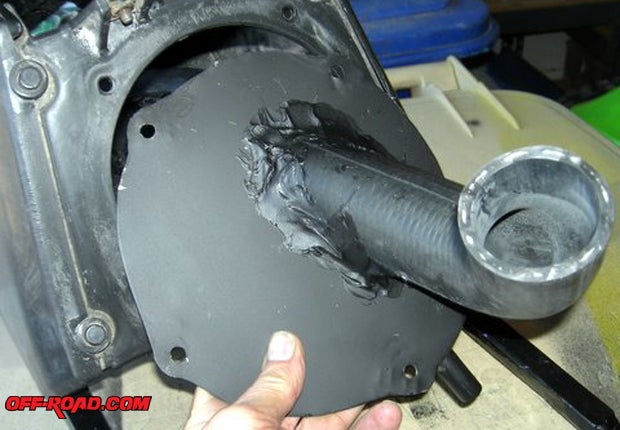
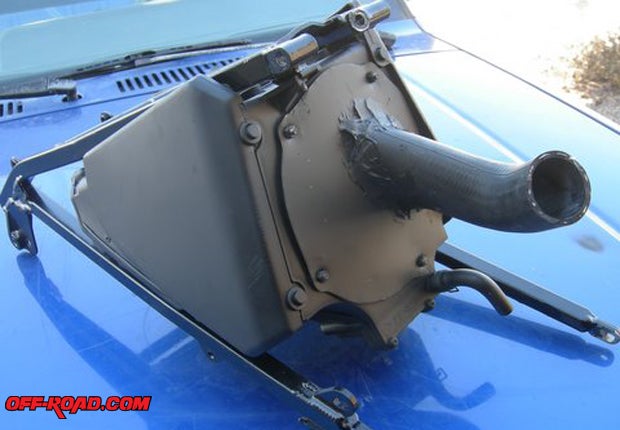
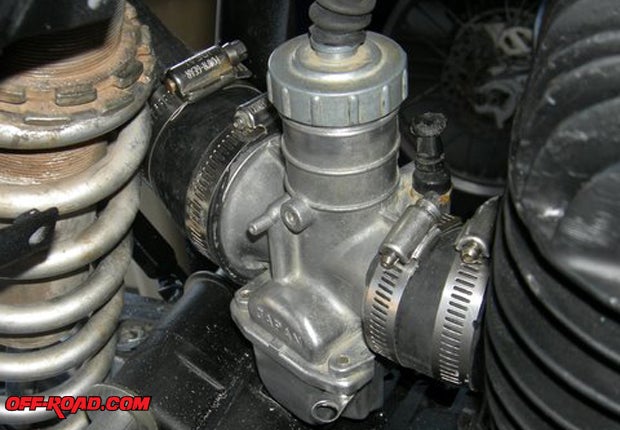


 Your Privacy Choices
Your Privacy Choices